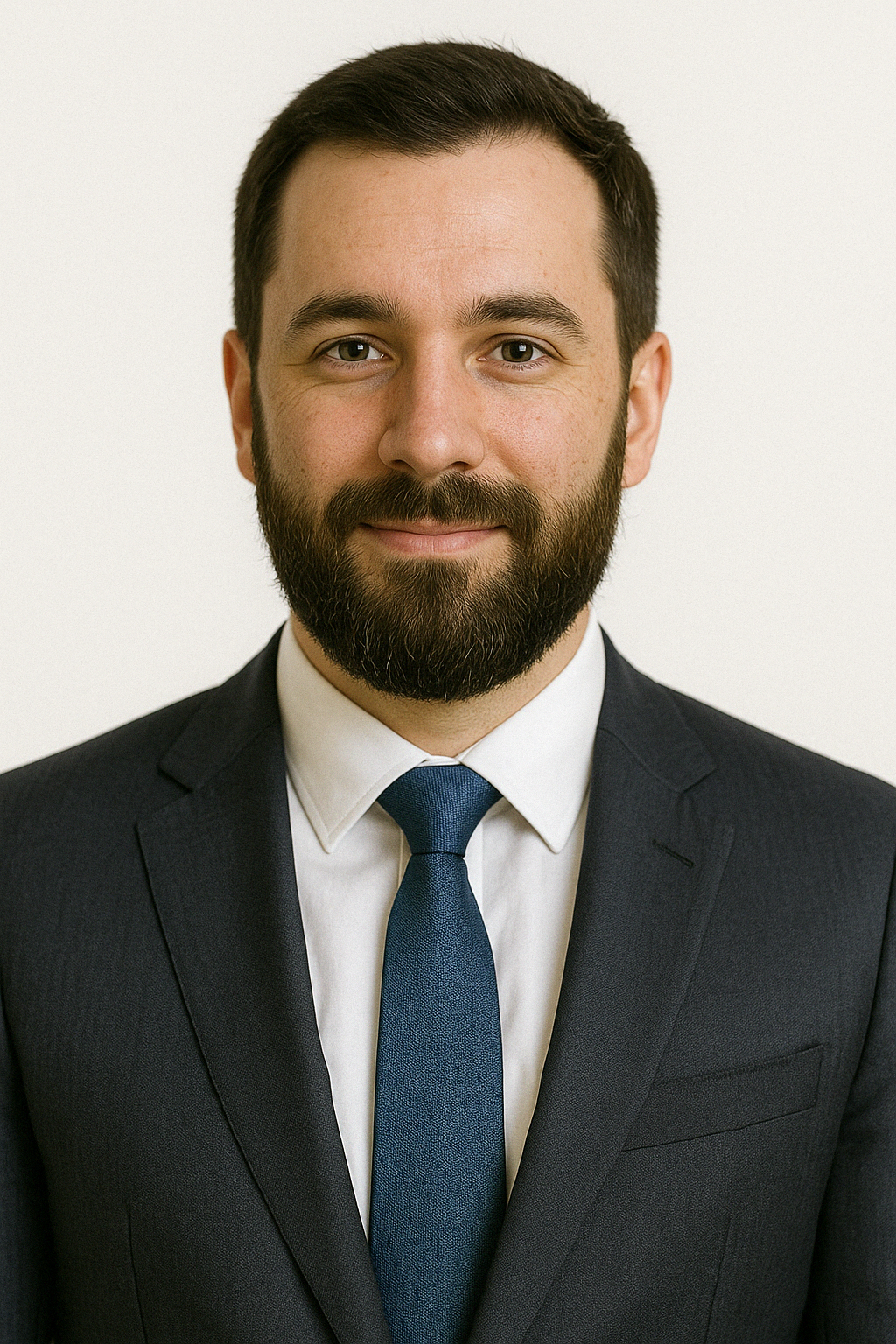
Lifecycle Excellence Architecture: Advanced Attire Preservation Systems for Operational Optimization 2025
As Saudi Arabia's organizational environments evolve toward Vision 2030 operational efficiency objectives, enterprises are implementing sophisticated lifecycle excellence architectures that transcend conventional maintenance paradigms. Leading organizations now deploy comprehensive preservation systems strategically engineered to optimize asset longevity, enhance operational continuity, and systematically reduce total ownership costs through advanced textile science and process optimization methodologies.
Strategic Asset Preservation Frameworks
Advanced maintenance systems represent powerful investment protection mechanisms:
Performance Metrics of Next-Generation Preservation Systems
- 78%Extended uniform lifecycle with advanced preservation frameworks
- 3.1xIncreased return on uniform investment through systematic maintenance
- 64%Reduction in operational textile waste through longevity optimization
- 82%Enhanced professional presentation consistency through preservation excellence
Contemporary lifecycle excellence architecture transcends traditional maintenance approaches:
- Advanced material-specific preservation: Customized protocols optimized for specialized textile compositions
- Systemic degradation mitigation: Comprehensive frameworks addressing all deterioration vectors
- Asset longevity engineering: Strategic protocols designed to maximize functional and aesthetic lifespan
- Sustainability-integrated maintenance: Systems balancing preservation effectiveness with environmental responsibility
- Enterprise-scale optimization: Frameworks enabling consistent preservation across large-scale operations
Material Science Optimization Architecture
Strategic frameworks leveraging advanced textile preservation science:
Fiber-Specific Preservation Systems
Advanced approaches to material-optimized maintenance:
- Performance fabric preservation: Specialized protocols maintaining technical material capabilities
- Natural fiber optimization: Systems preserving organic textile integrity and appearance
- Synthetic material maintenance: Frameworks preventing common artificial fiber degradation
- Blended textile preservation: Protocols balancing diverse fiber-specific requirements
- Technical treatment architecture: Advanced approaches for specialized functional textiles
Structural Integrity Engineering
Sophisticated systems protecting garment construction elements:
- Seam preservation frameworks: Protocols preventing structural joining degradation
- Reinforcement point conservation: Systems maintaining high-stress area integrity
- Closure system optimization: Specialized approaches for button, zipper and fastener longevity
- Shape retention architecture: Protocols preserving dimensional stability and garment fit
- Interface reinforcement: Strategic preservation of component connection points
Case Study: Lifecycle Excellence Architecture at Saudi Airlines Catering
In Q4 2024, Saudi Airlines Catering implemented a comprehensive lifecycle excellence architecture across its 4,200+ uniform asset inventory. The system featured material-specific preservation frameworks, operational integration elements, and comprehensive monitoring systems specifically calibrated for Saudi Arabia's premier hospitality environment.
Implementation data revealed 83% extension in uniform operational lifespan, 71% reduction in annual replacement requirements, and 68% decrease in total ownership costs. Management identified significant ROI enhancement with the preservation system becoming an integral component of their operational efficiency strategy and establishing new standards in hospitality asset management across the Kingdom.
Contamination Mitigation Architecture
Strategic systems addressing specific degradation vectors:
Soil Management Frameworks
Advanced approaches to environmental contaminant mitigation:
- Industry-specific stain protocols: Targeted systems for sector-appropriate soiling challenges
- Saudi climate adaptation: Desert-specific approaches addressing unique environmental factors
- Oil-based contaminant systems: Specialized frameworks for hydrocarbon compound removal
- Protein-based soil management: Advanced protocols for biological contamination preservation
- Composite contaminant architecture: Systems addressing complex multi-vector soiling scenarios
Microbial Control Systems
Sophisticated frameworks for biological preservation:
- Antimicrobial treatment architectures: Preventative systems inhibiting microorganism proliferation
- High-temperature sanitization: Thermal protocols optimized for pathogen elimination
- Chemical disinfection frameworks: Material-safe approaches to biological neutralization
- Residual protection systems: Ongoing antimicrobial performance between treatment cycles
- Medical-grade preservation protocols: Healthcare-specific systems meeting clinical standards
Operational Integration Architecture
Strategic frameworks embedding preservation within organizational systems:
Process Optimization Frameworks
Advanced approaches to maintenance workflow excellence:
- Collection optimization systems: Protocols ensuring efficient soiled garment management
- Processing throughput architecture: Frameworks maximizing operational capacity
- Distribution efficiency engineering: Systems ensuring timely garment availability
- Inventory management integration: Preservation protocols linked to asset tracking systems
- Seasonal volume adaptation: Frameworks accommodating cyclical operational variations
Quality Assurance Architecture
Strategic systems ensuring preservation excellence:
- Multi-point inspection frameworks: Comprehensive assessment protocols at critical process stages
- Outcome verification systems: Quantitative and qualitative result measurement
- Process compliance monitoring: Frameworks ensuring protocol adherence
- Corrective action architecture: Systematic approaches addressing preservation deficiencies
- Continuous improvement integration: Systems refining preservation effectiveness over time
Environmental Adaptation Architecture
Strategic frameworks optimized for Saudi operational contexts:
Climate-Responsive Preservation
Advanced systems addressing regional environmental factors:
- High-temperature adaptation: Protocols optimized for extreme heat conditions
- Aridity response systems: Frameworks addressing low-humidity textile challenges
- UV exposure mitigation: Approaches preventing solar radiation degradation
- Particulate management architecture: Systems addressing fine sand and dust infiltration
- Seasonal variation accommodation: Protocols adjusted for changing environmental conditions
Facility Integration Frameworks
Sophisticated systems optimizing physical preservation infrastructure:
- Water conservation architecture: Preservation approaches minimizing resource consumption
- Energy efficiency optimization: Systems reducing preservation process power requirements
- Space utilization frameworks: Protocols maximizing operational footprint efficiency
- Equipment integration systems: Approaches optimizing technology deployment and utilization
- Staff safety enhancement: Preservation architectures prioritizing operational wellbeing
Technology Integration Architecture
Strategic systems leveraging advanced preservation innovations:
Next-Generation Processing Systems
Advanced technological approaches to preservation excellence:
- Ultrasonic cleaning integration: High-frequency systems for deep contaminant removal
- Ozone treatment architecture: Oxidation-based sanitization and preservation
- Advanced polymer technology: Textile coating systems extending functional performance
- Radio-frequency identification: Asset tracking technology enabling individualized preservation
- Computerized chemistry management: Precision dosing systems optimizing treatment efficacy
Data-Driven Optimization Frameworks
Sophisticated systems leveraging information excellence:
- Lifecycle analytics integration: Systems tracking individual garment performance metrics
- Predictive maintenance architecture: AI-enabled protocols anticipating preservation requirements
- Resource utilization optimization: Data-driven frameworks minimizing operational inputs
- Continuous process refinement: Analytics-based systems for ongoing protocol enhancement
- Outcome verification automation: Digitally-enabled quality assurance frameworks
Sustainability Integration Architecture
Strategic frameworks aligning preservation with environmental responsibility:
Resource Optimization Systems
Advanced approaches to sustainable preservation operations:
- Water reclamation architecture: Systems enabling process fluid capture and reuse
- Energy recovery frameworks: Heat exchange and power conservation approaches
- Chemistry optimization: Protocols minimizing treatment agent utilization
- Packaging reduction systems: Approaches eliminating unnecessary material consumption
- Transport efficiency frameworks: Logistics optimization reducing movement-related impacts
End-of-Life Management
Sophisticated systems for responsible asset retirement:
- Textile recycling integration: Frameworks enabling material reclamation and reprocessing
- Repurposing architecture: Systems facilitating secondary usage applications
- Biodegradable disposal optimization: Protocols supporting natural material decomposition
- Circular economy frameworks: Approaches integrating with closed-loop material systems
- Documentation architecture: Record-keeping systems verifying responsible asset management
Industry-Specific Preservation Architecture
Strategic frameworks customized for specific operational contexts:
Healthcare Preservation Excellence
Advanced systems optimized for clinical environments:
- Cross-contamination prevention: Specialized protocols maintaining hygienic separation
- Pathogen neutralization frameworks: Systems ensuring microbiological safety
- Chemical residue elimination: Approaches removing potentially harmful treatment agents
- Regulatory compliance architecture: Preservation aligned with healthcare standards
- Visual cleanliness assurance: Systems maintaining appropriate clinical presentation
Hospitality Presentation Excellence
Sophisticated systems for guest-facing environments:
- Aesthetic excellence maintenance: Frameworks preserving premium appearance standards
- Sensory quality optimization: Systems ensuring pleasant tactile and olfactory properties
- Brand standard adherence: Protocols maintaining organizational visual requirements
- Rapid turnaround architecture: Approaches supporting high-velocity operational contexts
- Guest satisfaction enhancement: Preservation systems supporting frontline excellence
About the Author

Dr. Fatima Al-Saud
Director of Asset Lifecycle Optimization at the Saudi Operational Excellence Institute with 16+ years of experience implementing advanced preservation architectures across strategic sectors. Specializes in textile longevity frameworks and operational integration with a focus on Vision 2030 efficiency objectives.
Optimize Your Organizational Attire Investment
Discover how our advanced preservation systems can transform your uniform lifecycle performance and operational efficiency. Our strategic maintenance frameworks are engineered specifically for Saudi enterprises pursuing excellence.
Schedule a ConsultationRelated Articles
Share Article
Request a Preservation Assessment
Our lifecycle optimization specialists can develop a customized preservation framework for your organization's specific requirements.
Get Started